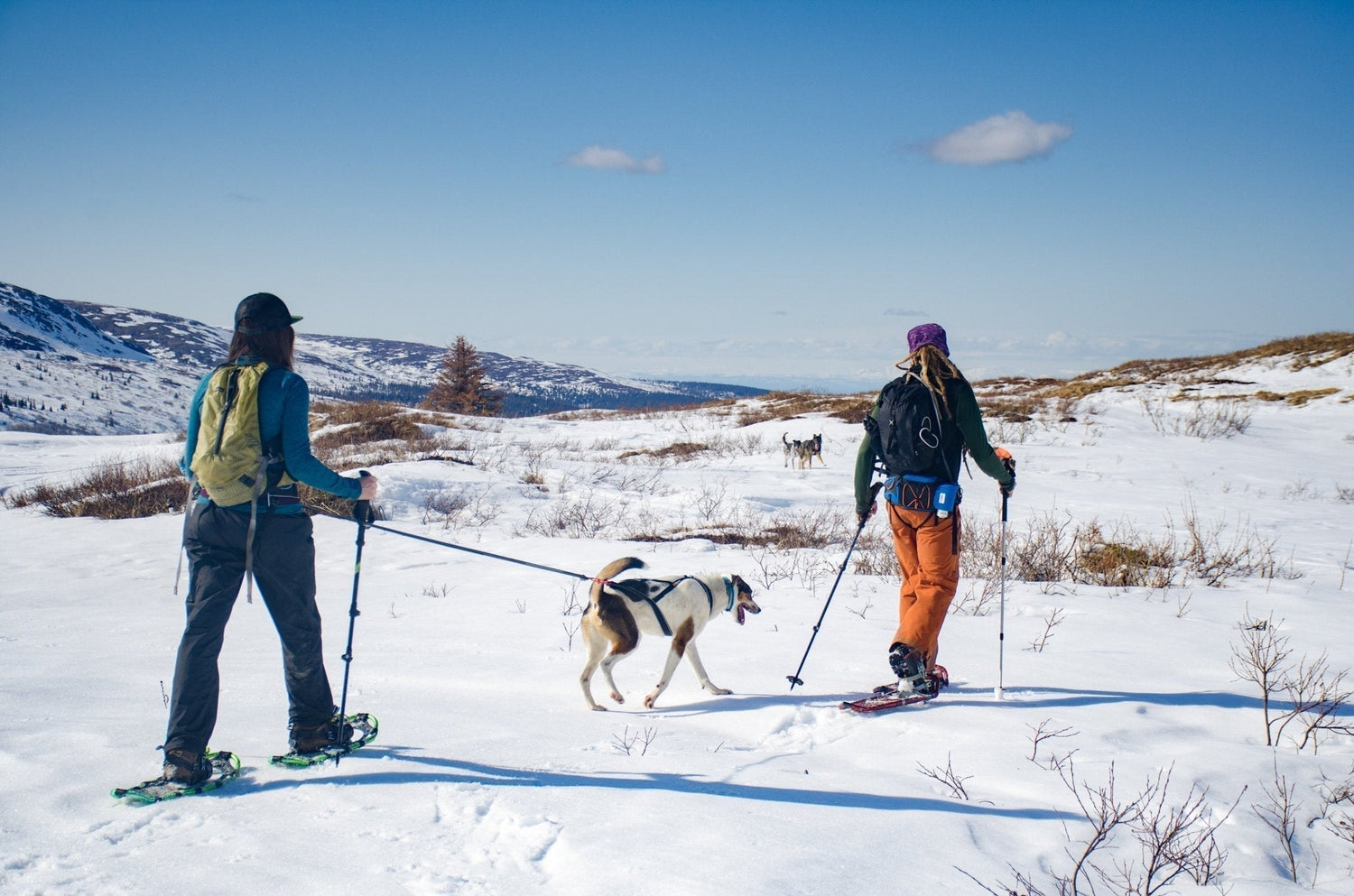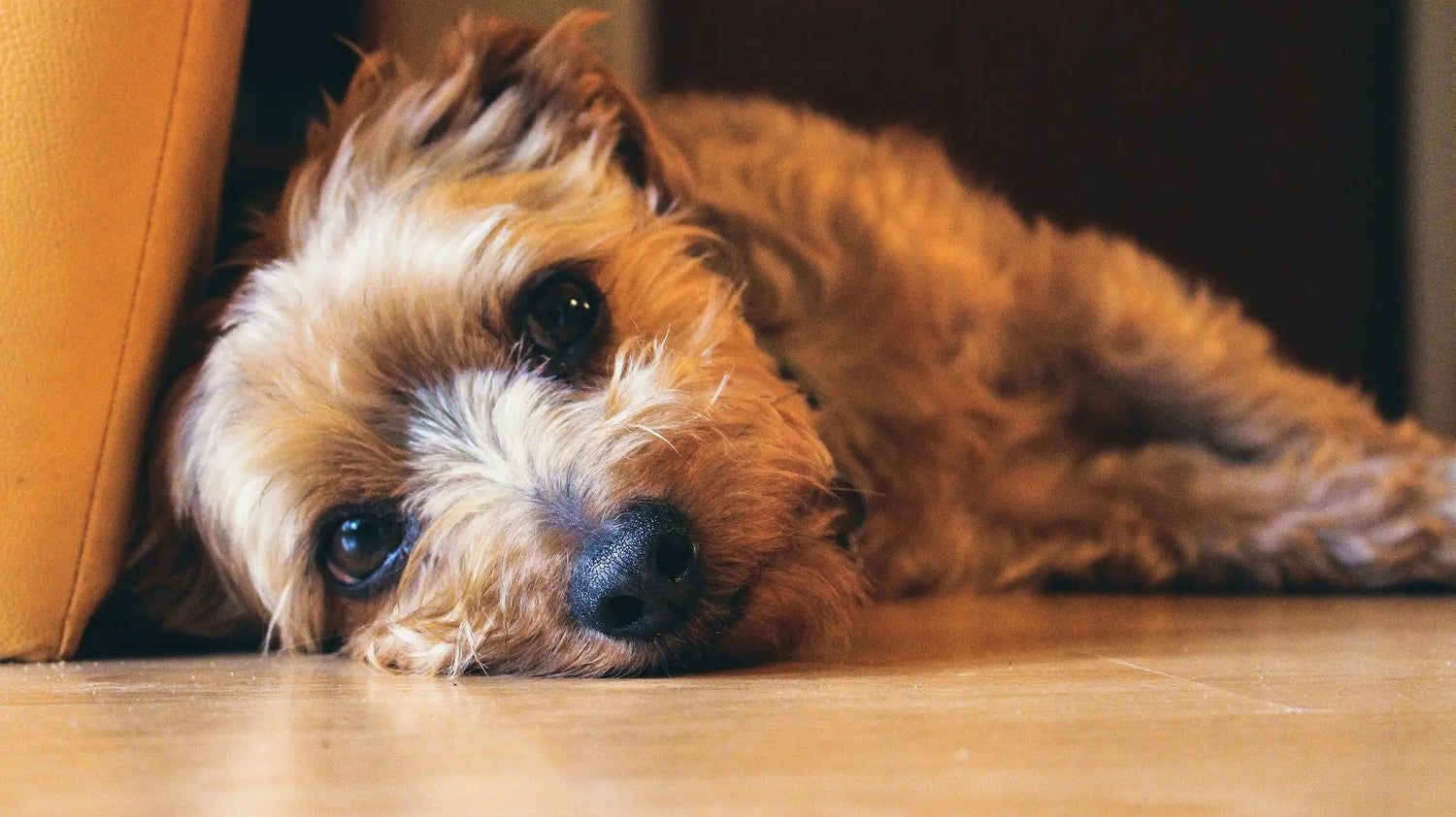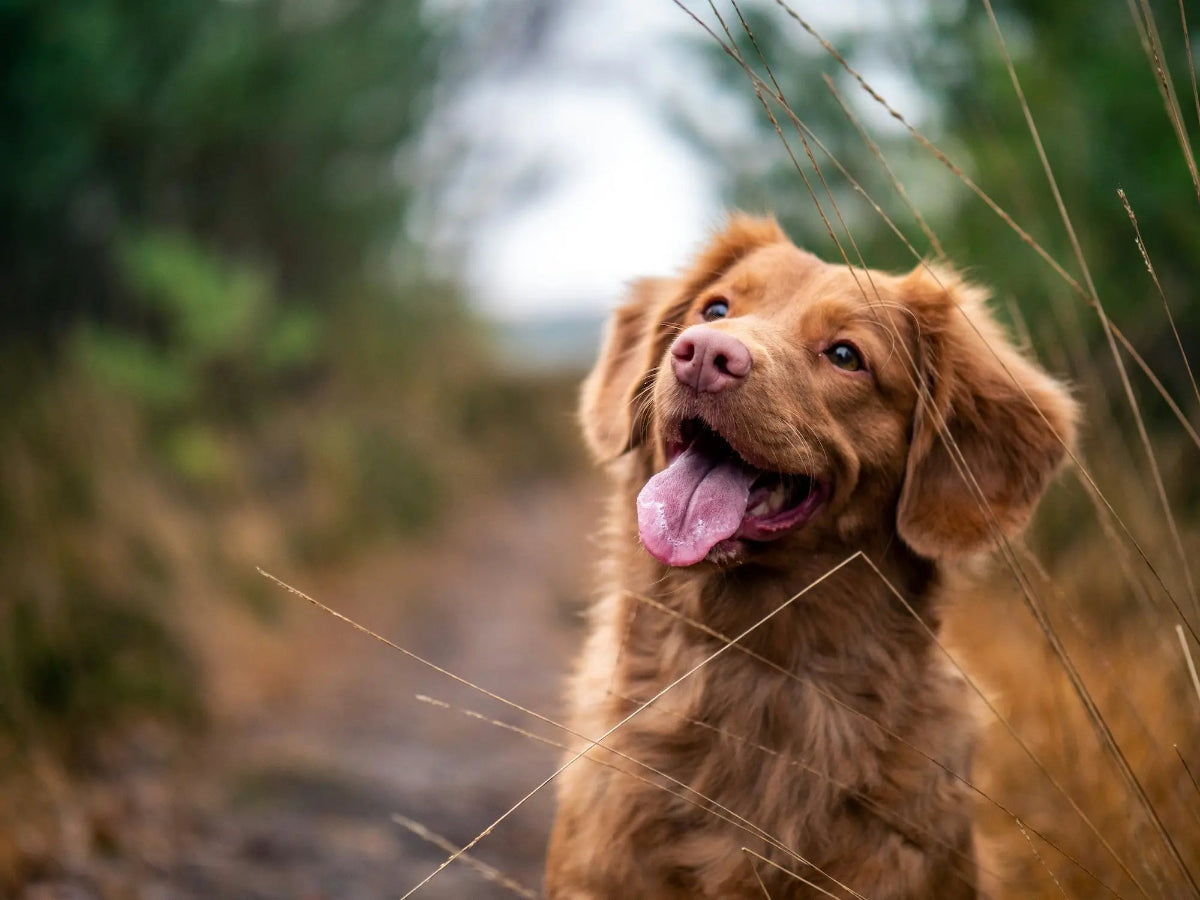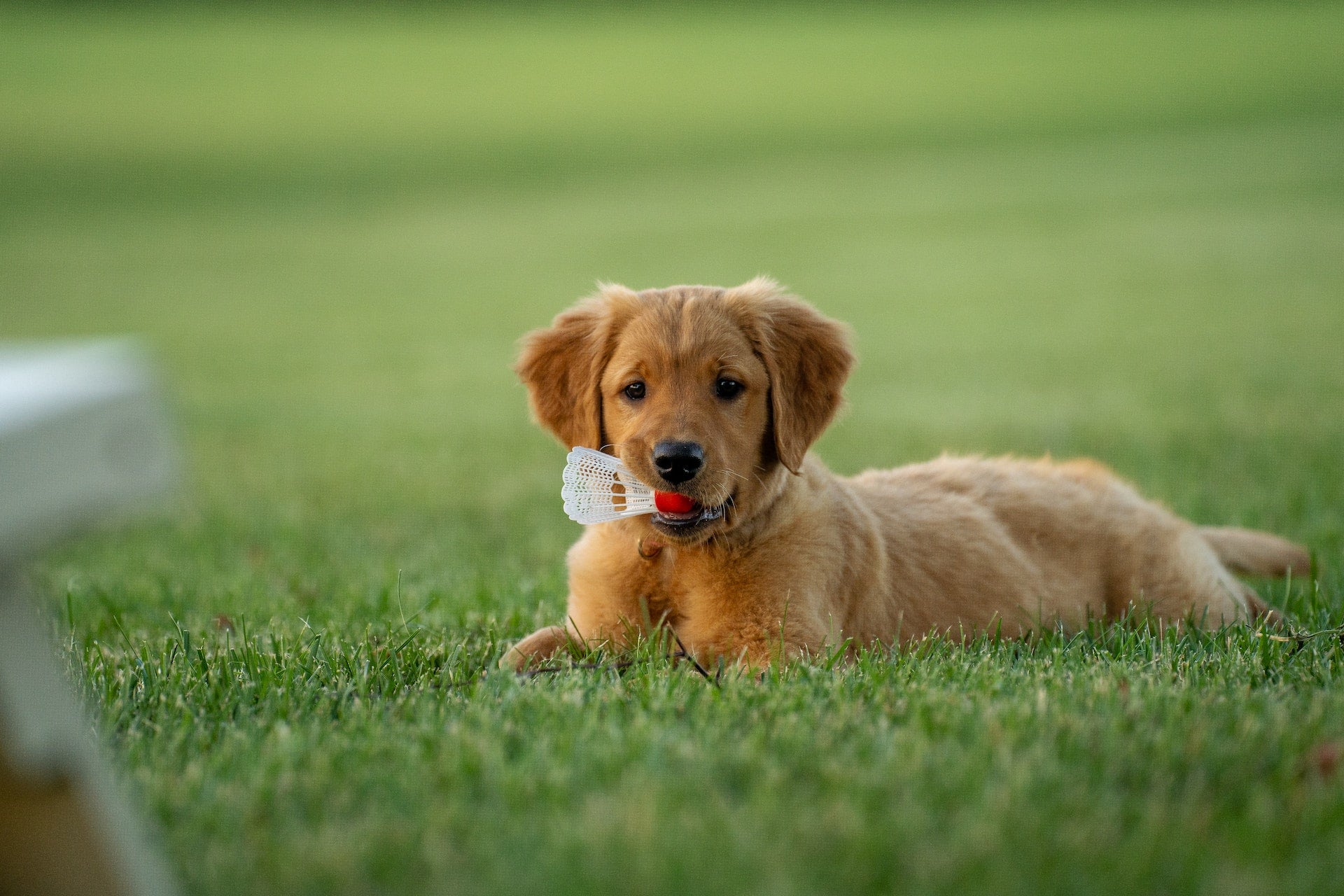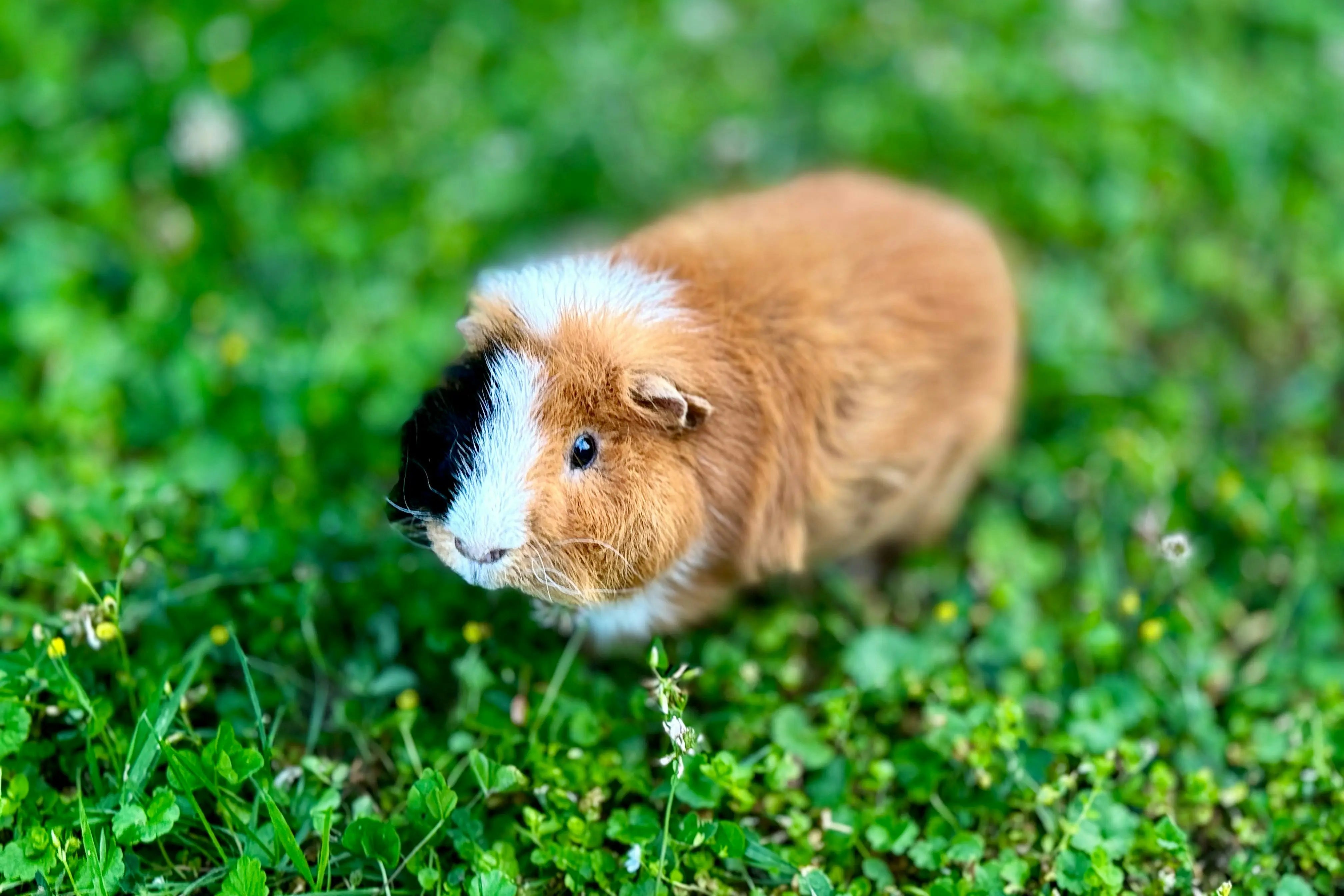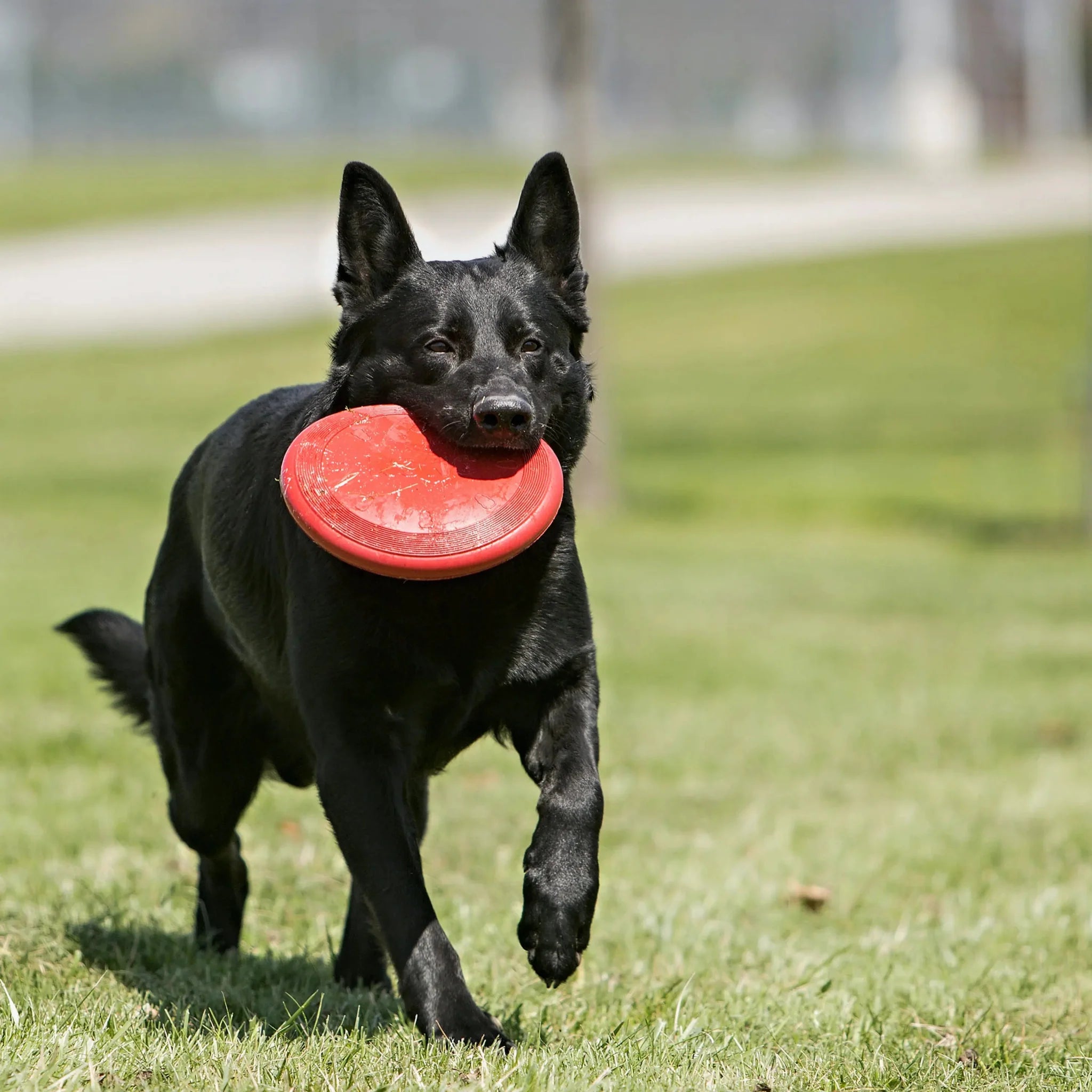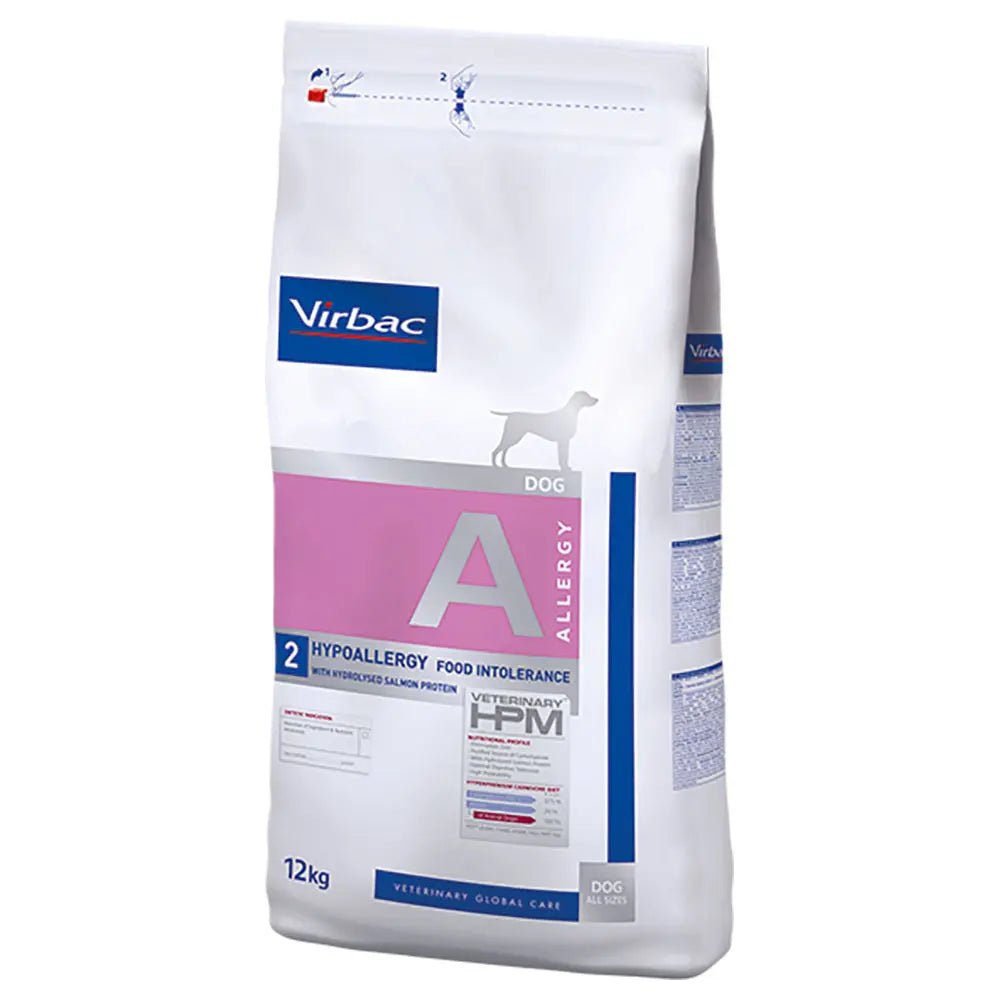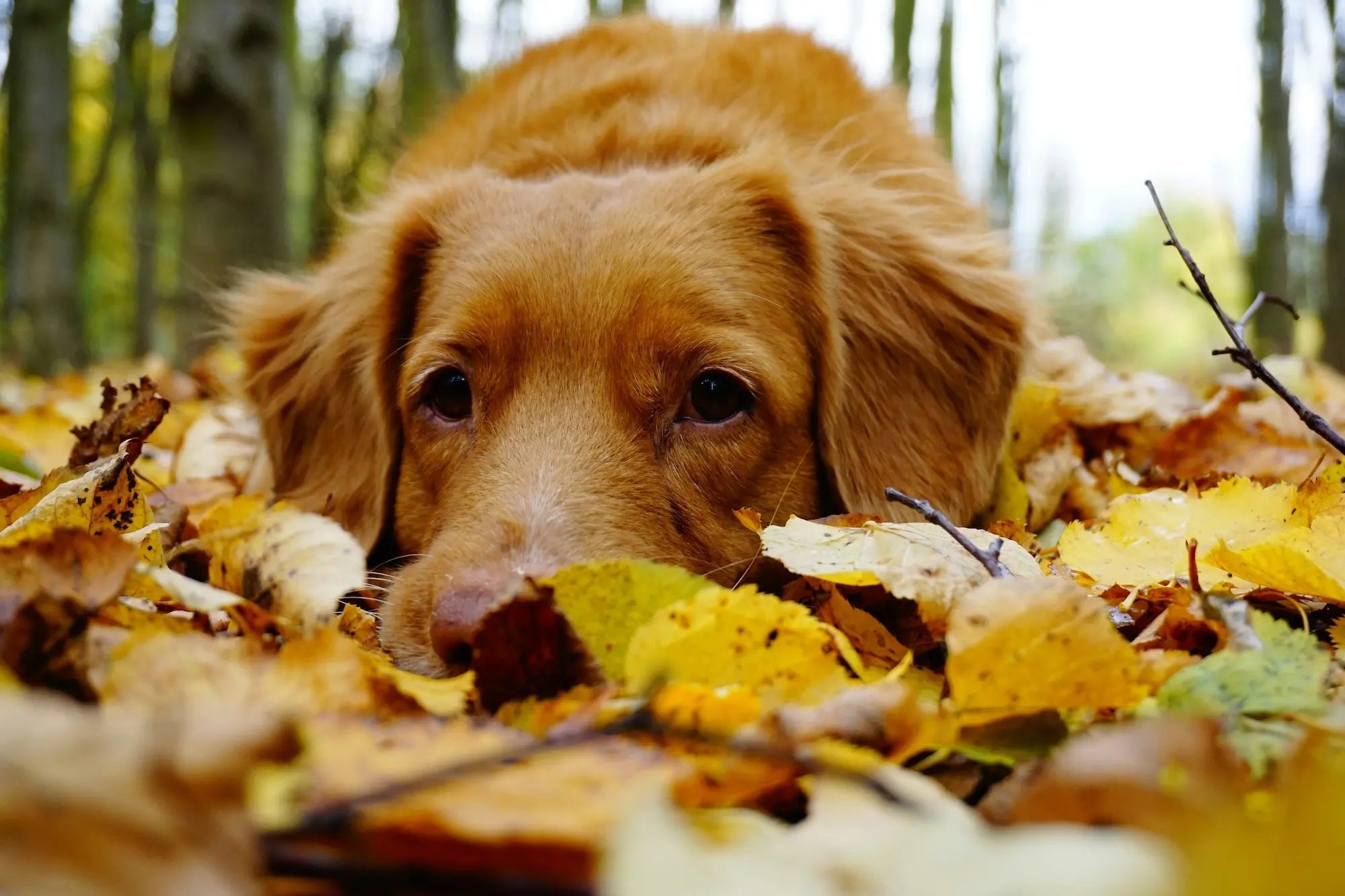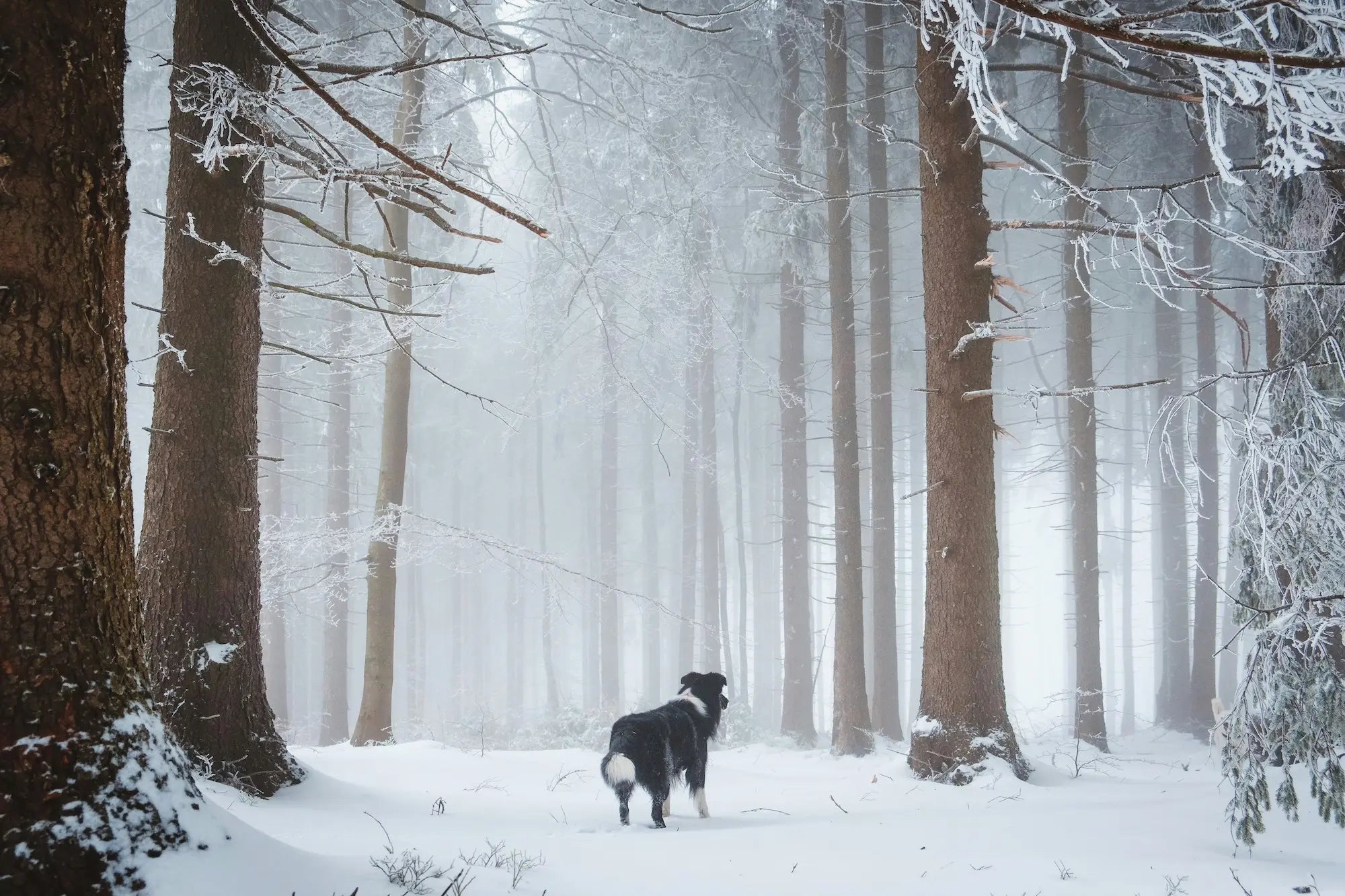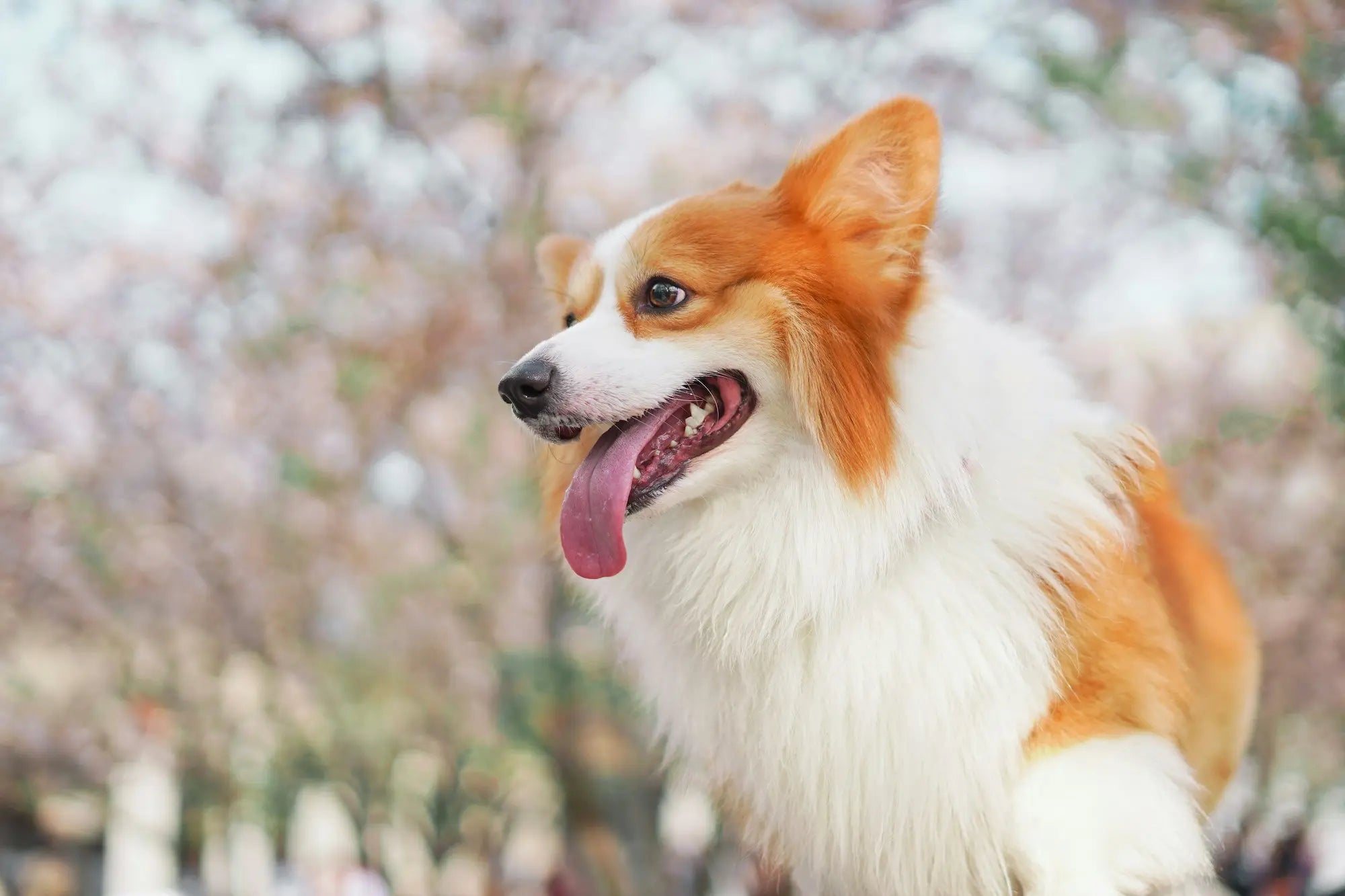Winter is a wonderful time to enjoy outdoor activities with your dog. Even though the temperatures are dropping, there are plenty of fun and activity options that can keep both you and your dog healthy and active. Whether you want to explore snow activities for dogs or are simply looking for ways to improve your winter fitness, it's important to be prepared with the right winter gear for your dog.
In this article you can read about our tips for winter activities with dogs, our favorite winter products and our advice for a safe and fun experience in the snow.
Benefits of winter activities for your dog

Why are winter activities important?
Winter activities are not only a great way to enjoy the fresh air, but they also provide many benefits for your dog's health:
- Physical exercise: Even when it's cold outside, dogs still need physical activity to stay in shape. Regular exercise helps maintain a healthy weight, and maintains and builds muscle.
- Mental stimulation: New surroundings, smells and sounds that come with snow activities for dogs provide mental stimulation that is important for your dog's well-being.
- Strengthening bonds: Spending time together outdoors strengthens the bond between you and your four-legged friend.
Preparing for winter activities
Before you start your winter adventures, it's important to prepare both yourself and your dog:
- Health check: Make sure your dog is in good physical shape for outdoor activities. Visit the vet for a check-up before winter sets in.
- The right equipment: Invest in necessary winter equipment for your dog, including a warm winter blanket and paw socks for cold days , and reflectors and lights for dark evenings.
Fun winter activities with your dog
Skiing and hiking are perfect winter activities to keep your dog active and happy. With the right winter clothing and equipment, you can explore snowy surroundings together and have an unforgettable experience out in the white landscape.
Skiing with your dog is a great way to enjoy nature and get some exercise. Sledding, where your dog pulls you on skis, can be a fun challenge for both you and your dog.
- Safety first: Use the right harness for leash walking to avoid injury to your dog's back and neck. Remember to start with short walks to acclimate your dog to the activity.
- Proper equipment: Make sure both you and your dog have reflectors and lights , especially if you plan on hiking at dusk or in the dark.
Our favorites for skiing and sledding with dogs:
- Non-stop Freemotion Harness : Harness for activities with a high pull point, such as skiing. Designed to give the dog free movement of the shoulders and clear airways. See also Freemotion Harness 5.0!
- Non-stop Nansen Nome Harness : This ergonomic harness is specially designed for dog sledding and has been thoroughly tested to ensure durability, equivalent to a distance of 16 revolutions of the earth.
- Non-stop Combined Harness : Ideal for combining rope pulling and sledding. Reinforced with stiff ribs around the neck to distribute pressure evenly under heavy loads. Also includes a side piece that can be attached to the sled.
- Non-stop Line Harness 5.0 : An everyday harness that can be used on skis if the dog does not pull too hard . Recommended if the dog has a short back, as the point where you attach the leash should not be past the base of the tail. See also Line Harness Grip - with handle on the back.
- Non-stop Trail Belt : Belt designed for skiing with a dog. Provides good skiing technique and is gentle on the back. Comes with a quick-release carabiner to release the dog quickly.
- Non-stop Bungee Leash : This elastic running shoe is perfect for lace-up riding. It provides cushioning throughout the length to ensure a comfortable ride.
- Non-stop Snow Protector : Prevents your dog's fur from getting tangled in snow. A smart solution to keep your dog comfortable and mobile on your ski trip.
- Non-stop Long Distance Bootie : These paw socks provide a secure fit that protects your dog's paws from snow and ice. They are very lightweight and give your dog excellent grip.
- Rex Specs Goggles : Rex Specs goggles protect your dog's eyes from harmful UV radiation and reflections from the snow, which is important during long ski trips in the sunlight. The goggles also provide protection from snow, wind and other elements that can irritate or damage your dog's eyes, making skiing both safer and more comfortable for your dog.
👉 See everything you need for your dog's ski trip here! 🐕
Walks in the snow
Taking a walk in the snow can be a peaceful and rewarding activity for both you and your dog. Explore local woodlands or parks and enjoy the winter scenery together.
- Warm up: Make sure your dog is wearing a suitable winter coat to protect against the cold, especially if your dog has a short coat and no undercoat. There is a wide variation in the insulating ability of the coat when it comes to dog breeds.
- Paw socks: Invest in the best paw socks for dogs to protect against ice, slush, salt, and cold. Paw socks also provide extra grip on slippery surfaces.
Our favorites for walking your dog in the snow:
- Non-stop Glacier Jacket 2.0 : Comfortable dog blanket insulated with PrimaLoft® Black Insulation Eco, which Keeps your dog warm in all weather conditions .
- Non-stop Glacier Wool Jacket 2.0 : Dog coat with combined windproof and water-repellent outer layer, an insulating midlayer and Ulvang wool lining.
- Non-stop Blest Jacket : Made with primaloft, making it warm and lightweight. Water and windproof, so your dog can stay warm and dry.
- Hurtta Expedition Parka : Perfect for dogs with short fur and dogs without an undercoat. Can of course be used on all breeds when it's really cold outside.
- Hurtta Extreme Overall : An advanced and reliable solution for keeping your dog warm and comfortable in the most extreme weather conditions.
- Hurtta Midlayer Overall : Designed to provide protection in temperatures from +10 degrees to -15 degrees. Water-repellent, which provides extra protection against rain and snow.
👉 See everything you need for your dog in winter here! ❄️
Winter clothes for dogs: This is what you need!
Why is winter clothing for your dog important?
When the temperature drops, dogs need extra protection to stay warm and comfortable. Not all dogs have a thick coat to protect them from the cold, so winter clothing can be essential, especially for smaller breeds or older dogs.
Essential winter gear for dogs
- Warm dog blanket : A good blanket keeps your dog warm without restricting movement. Choose a blanket made of water-repellent materials to protect against snow and rain.
- Paw socks : Dog paw socks are essential to protect against damage from ice and road salt. They also provide extra grip on slippery surfaces.
- Reflective vest and lights : Visibility is crucial during the winter darkness. Reflective vests and lights help you keep an eye on your dog and ensure that drivers see you at dusk.
Why are paw socks for dogs important?
Paw socks are essential when temperatures drop below -5° degrees. Dogs lose significant heat through their paws , and in extreme cold this can lead to frostbite and painful cracks. Paw socks provide an insulating layer that protects paws from the biting cold and prevents heat loss. When it's very cold, especially below -10° degrees, paw socks can be crucial to maintaining your dog's comfort and health, ensuring they can walk, run and play safely in the winter landscape.
We also recommend...
- Paw ointment - To soothe and protect your dog's paws.
- First aid kit - Injuries or accidents can happen suddenly.
- Water bottle - Your dog still needs to drink even in cold weather!
- Dog bags - In addition to the fact that it is your responsibility as a dog owner to pick up, the feces will not disappear in the cold, but will remain until spring.
- Longline - Perfect for keeping control of your dog when it runs and plays in the snow.
- Rex Specs glasses - Protect your dog's eyes from snow blindness and UV radiation.

Safety tips for winter activities with your dog
Keep your dog safe in the cold
Keeping your dog safe during winter activities requires preparation and attention. Here are some important safety tips:
- Avoid frostbite: Limit the time your dog spends outdoors in extreme cold, and watch for signs of frostbite, such as pale ears or tail.
- Hydration: Make sure your dog drinks enough water, as cold air can lead to dehydration, even if it doesn't seem like it.
- Avoid overexertion: Start with short sessions and gradually increase the length of activities. Observe your dog's signals for fatigue or discomfort.
Winter training tips
Training a dog in winter can be challenging, but with the right approach it can be both safe and fun:
-
Indoor Activities: When the weather is too cold, consider indoor exercise. Use dog toys for mental stimulation, such as dog sniffing mats, dog games, and balls with treats inside.
🐶 See our dog toys for brain training here! -
Warm up and cool down: Always start with a gentle warm-up to prepare your dog's muscles and finish with a gentle cool-down to avoid injuries.
🐶 Remember to reward your dog with training treats!
When is it too cold for the dog to be outside?
Your dog will of course need to go outside to relieve himself, but when the temperature drops below -10°C, you should provide your dog with a winter blanket , depending on the breed and the thickness of his coat. In extreme cold, when the temperature is below -20°C, it is important to significantly limit his time outside. Keep walks short and give your dog frequent breaks to avoid frostbite and hypothermia. Short, frequent walks are better than long ones, and pay attention to your dog's signs of discomfort. Use paw pads to protect his paws, and monitor your dog's reactions to the cold closely.

Winter offers a variety of exciting activities for your dog. With the right winter gear and preparation, you can enjoy this season safely and comfortably. Always remember to prioritize your dog's safety and well-being, and enjoy the many benefits of being active together.
🐾 Did you like this article? Then we think you'll also like " Dog Activating: The Complete Guide " 🐶





